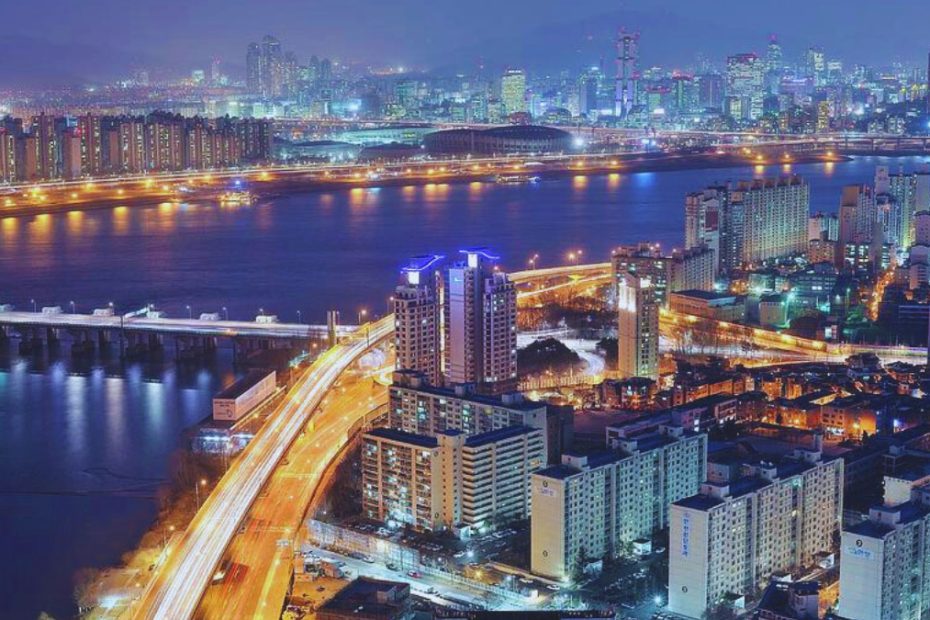Planning a trip to Seoul but only have four days to explore? Don’t worry, I’ve got you covered! Seoul, a vibrant city that perfectly blends tradition and modernity, offers a myriad of experiences that can fit snugly into a short itinerary. From ancient palaces and bustling markets to cutting-edge architecture and mouth-watering street food, there’s something for everyone.
Key Takeaways
- Balanced Itinerary: The 4-day itinerary in Seoul offers a mix of historical exploration, modern attractions, relaxation in nature, and cultural experiences, ensuring a well-rounded visit.
- Day-by-Day Breakdown: Each day is meticulously planned, from visiting the iconic Gyeongbokgung Palace and Bukchon Hanok Village on day 1 to enjoying a serene cruise along the Han River and exploring modern shopping streets like Myeongdong on subsequent days.
- Rich Cultural Exposure: Highlight visits include traditional experiences like renting a Hanbok, exploring ancient palaces, and enjoying vibrant cultural areas such as Insadong Street and the Korean Folk Village.
- Modern Marvels: The itinerary includes must-see modern attractions such as N Seoul Tower, Coex Mall, and Dongdaemun Design Plaza, providing panoramic city views and unique architectural experiences.
- Gastronomic Adventures: Culinary delights are sprinkled throughout, with opportunities to taste mouth-watering street foods in markets like Gwangjang and savor traditional Korean dishes in local establishments.
- Efficient Transportation Tips: Practical advice on using Seoul’s public transportation system, including subways, buses, and taxis, is provided to ensure a smooth and hassle-free travel experience.
Overview Of The 4 Days Itinerary In Seoul
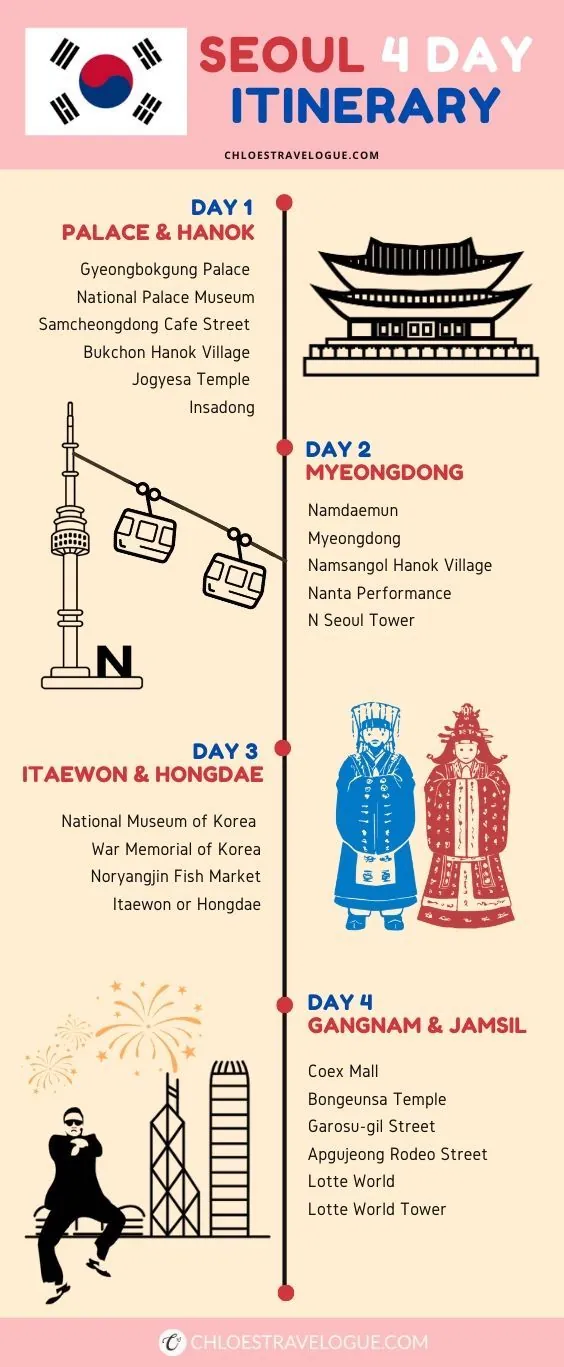
A trip to Seoul, lasting four days, promises a balance between cultural, historical, and modern experiences. Each day’s itinerary includes diverse activities that cater to different interests. This structure ensures a well-rounded visit.
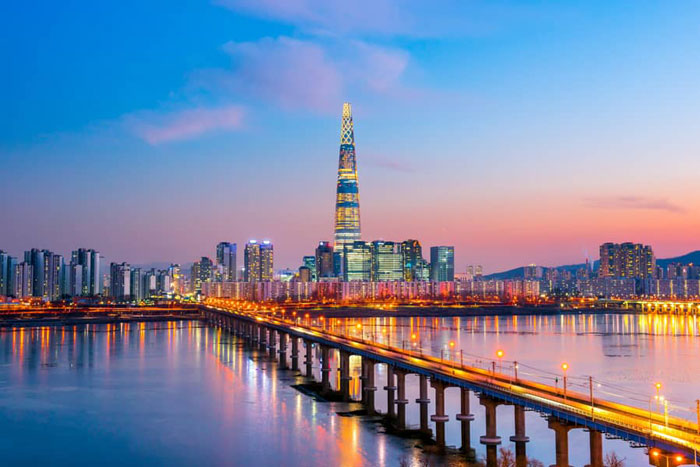
Day 1
I start my journey by arriving at Gimpo airport and checking into my hotel in the Myeongdong area. Myeongdong’s strategic location offers easy access to various attractions. I then head to the vibrant Hongdae area for lunch and shopping. Known for its youthful ambiance, Hongdae provides eclectic dining options and unique shops. After lunch, I enjoy the lively atmosphere by walking around the streets of Hongdae. Later, I visit Yeouido Hangang Park for a relaxing picnic lunch and a stroll along the river. This serene spot offers a picturesque view and a breath of fresh air. I end my day with dinner back in Myeongdong.
Day 2
The second day kicks off with a color consultation in Gangnam. This experience helps in understanding personal color palettes, offering a unique and personalized fashion insight. Post-consultation, I visit the Coex Mall and the iconic Starfield Library. The mall offers extensive shopping options, while the library’s vast collection and aesthetic appeal make it a must-see. Treating myself to a spa or hair treatment follows next, ensuring relaxation and rejuvenation. In the evening, exploring Seoul Forest Park provides a blend of natural beauty and modern art installations. I wrap up the day by visiting local cafes in the trendy Apgujeong Rodeo Street and Garosu-gil area, famous for their chic ambiance and delicious offerings.
Day 3
Day three focuses on traditional Korean experiences. I rent a Hanbok and visit the majestic Gyeongbokgung Palace. Walking through the palace in traditional attire enhances the immersive experience. Next, I explore Bukchon Hanok Village, home to traditional Korean houses, and the vibrant Insa-dong area, known for its artistry and antiques. After returning the Hanbok, I take a leisurely stroll along Cheonggyecheon Stream. This urban stream offers a tranquil walking path amidst the bustling cityscape. My evening ends at Gwangjang Market, where I indulge in a variety of Korean street foods and enjoy the bustling market vibe.
Day 4
The final day focuses on shopping in the bustling Myeongdong area. I spend the day exploring numerous shops, from trendy boutiques to major department stores. This area is also renowned for its terrific street food, so I take breaks between shopping to enjoy some delicious snacks.
This itinerary in Seoul combines historical exploration, modern amenities, and cultural experiences, ensuring a fulfilling and memorable four-day trip.
Day 1: Exploring Historic Seoul
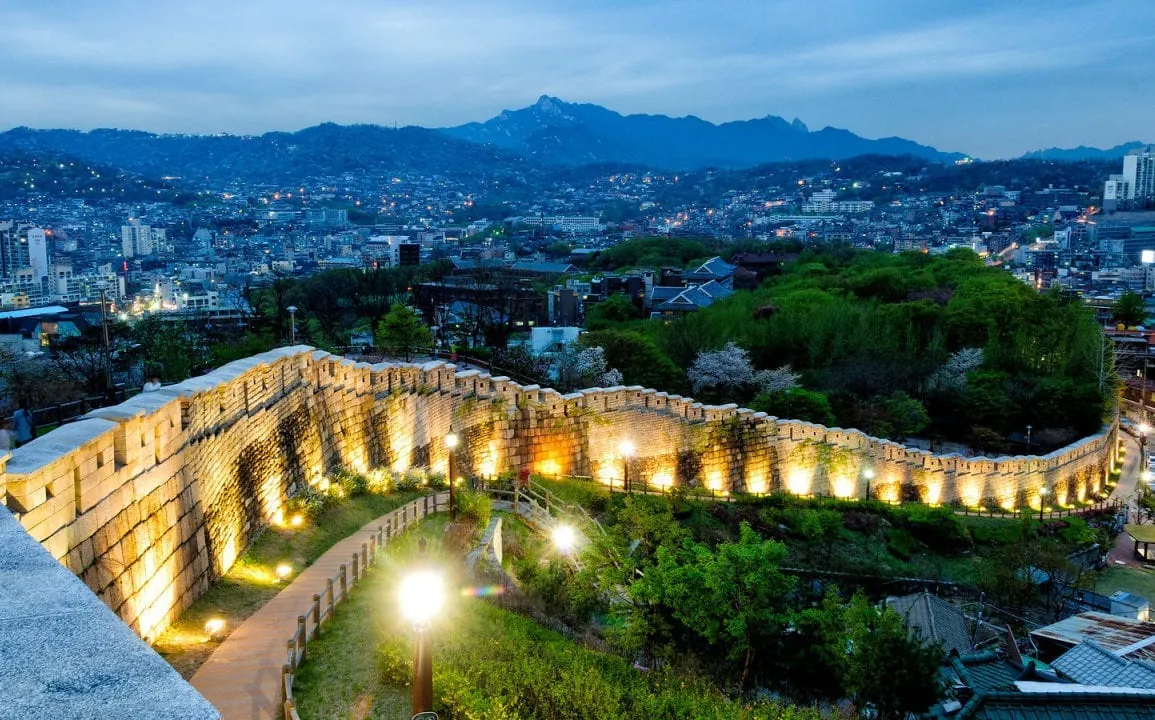
Day 1 in Seoul focuses on the city’s rich historical heritage. Begin with iconic landmarks and end with tranquil surroundings. Here are the key spots to visit:
Gyeongbokgung Palace
Start the day at Gyeongbokgung Palace, the grandest of Seoul’s Five Grand Palaces. Built in 1395, this palace served as the main royal residence during the Joseon Dynasty. Visitors can enjoy the Changing of the Guard ceremony held at 10 AM and 2 PM in front of the main gate (Gwanghwamun Gate). Explore the Throne Hall (Geunjeongjeon), the Royal Banquet Hall (Gyeonghoeru Pavilion), and the living quarters. For an immersive experience, rent a hanbok (traditional Korean attire) from nearby shops and enter for free. The National Palace Museum and the National Folk Museum, located within the palace grounds, offer deeper insights into Korean history and culture.
Bukchon Hanok Village
Next, head to Bukchon Hanok Village, situated between Gyeongbokgung Palace and Changdeokgung Palace. This residential area showcases hundreds of hanoks, traditional Korean houses dating back to the Joseon Dynasty. While many hanoks have been transformed into cultural centers, guesthouses, cafes, and shops, the village maintains its historical charm. Wander through its narrow alleyways, known as ‘gildeokgil,’ to capture the essence of Korea’s architectural heritage. Popular spots for photos include the view from the top of Bukchon-ro 11-gil. Visit the Bukchon Traditional Culture Center to participate in traditional craft-making or tea ceremonies.
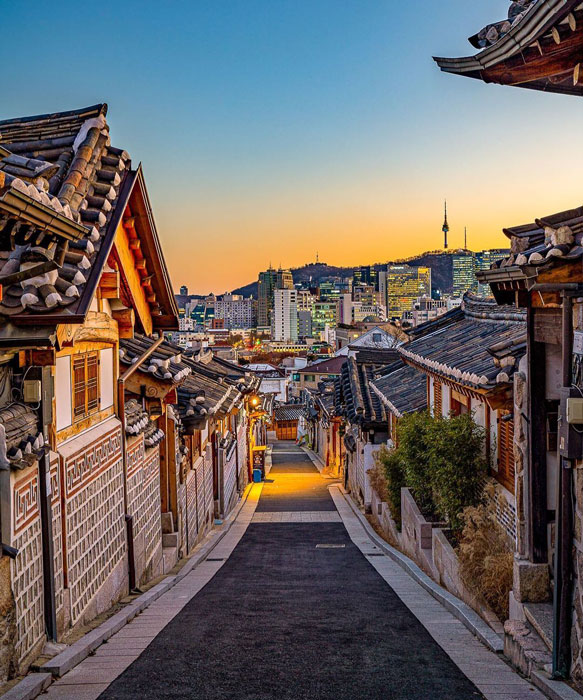
Insadong Street
After Bukchon Hanok Village, make your way to Insadong Street, known for its diverse cultural offerings. This bustling street features antique shops, art galleries, traditional tea houses, and street vendors. It’s an excellent place to shop for unique souvenirs like calligraphy brushes, ceramics, and hanji (traditional Korean paper). For a culinary treat, stop by one of the traditional tea houses to savor Korean teas and snacks. Don’t miss trying street foods such as hotteok (sweet pancakes filled with brown sugar and nuts) and tteokbokki (spicy rice cakes). Ssamziegil, a multi-story shopping complex designed around a central courtyard, is a must-see for its unique design and artisanal shops.
Cheonggyecheon Stream
End the day with a relaxing stroll along Cheonggyecheon Stream, a 10.9 km modern public recreation space in downtown Seoul. Originally a naturally formed stream, it was covered for many years until it was restored in 2005. Walk alongside its peaceful waters and enjoy the scenic views. You’ll find several bridges and art installations along the stream, making it a perfect spot for photos. Special events and festivals, like the Seoul Lantern Festival, take place along the stream throughout the year. As night falls, the area is beautifully illuminated, offering a serene way to conclude your day of historical exploration.
Day 2: Modern Marvels And Shopping
On Day 2, jump into Seoul’s modern attractions and vibrant shopping scenes. The journey encompasses panoramic views from an iconic tower, bustling shopping streets, and a futuristic architectural marvel.
N Seoul Tower
I started my day at N Seoul Tower, also called Namsan Tower or Seoul Tower. This iconic structure stands 236 meters tall and offers breathtaking panoramic views of the city. For an admission fee of 16,000 won, I took the elevator to the observation deck, where the entire cityscape unfolded beneath me. The best time to visit is in the morning when it’s less crowded, and the clear skies enhance the view.
After soaking in the views, I took a short 5-minute walk to Namsan Mountain Park. The park offers additional scenic views and a tranquil escape from the urban hustle. The walking paths are well-maintained, ideal for a leisurely stroll or even a gentle hike.
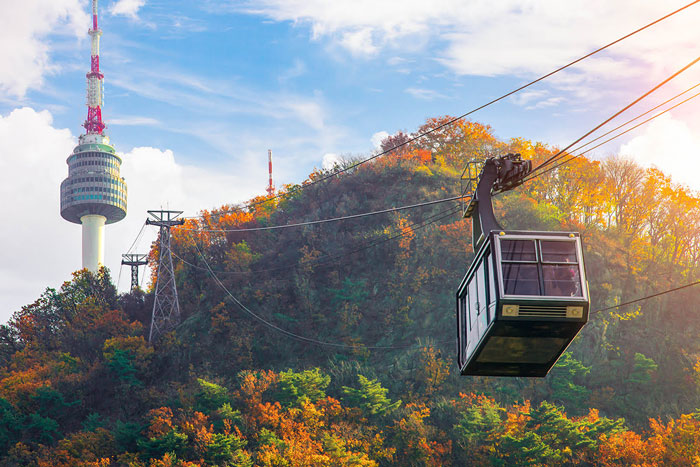
Myeongdong Shopping Street
In the afternoon, I headed to Myeongdong Shopping Street, one of Seoul’s premier shopping districts. This bustling area is packed with high-end boutiques, department stores, and local shops. I found everything from luxury brands to affordable fashion and beauty products.
The street vendors offer an array of street food like tteokbokki (spicy rice cakes) and hotteok (sweet pancakes), which are perfect for a snack while shopping. Numerous stores provide tax-free shopping, making Myeongdong a paradise for international tourists. Make sure to allocate enough time, as there’s a lot to explore.
Dongdaemun Design Plaza
My evening took me to Dongdaemun Design Plaza (DDP), an iconic symbol of modern architecture in Seoul. Designed by Zaha Hadid, the plaza hosts various exhibitions, cultural events, and shopping areas. The entry is free, though some exhibits have fees.
Lit up beautifully at night, the DDP’s futuristic design becomes even more mesmerizing. I explored the external LED rose garden, a popular photo spot. Inside, I found some unique design shops selling an assortment of innovative products and souvenirs. The plaza is both a cultural hub and an architectural marvel, making it a must-visit.
By following this itinerary, I managed to experience some of Seoul’s modern marvels and vibrant shopping environments efficiently.
Day 3: Nature And Relaxation

Day 3 of my Seoul itinerary is all about immersing yourself in nature and unwinding. Start the day with some historical exploration and gradually transition to a relaxing cruise by evening.
Changdeokgung Palace and Huwon Secret Garden
I began my day with a visit to Changdeokgung Palace, a UNESCO World Heritage site. This palace captivated me with its well-preserved architecture and expansive gardens, showcasing the harmony of Korean palace architecture and nature. Constructed in 1405 during the Joseon Dynasty, it remains an exemplar of East Asian traditional architecture.
Immediately after, I embarked on a guided tour of the Huwon (Secret Garden). This secluded garden, part of the palace grounds, felt like a serene oasis during Seoul. Huwon’s landscapes, featuring ponds, pavilions, and ancient trees, provided a tranquil environment. The guided tour, essential for access, added insightful historical context to each part of the garden. I spent around two hours here, relishing the peaceful atmosphere.
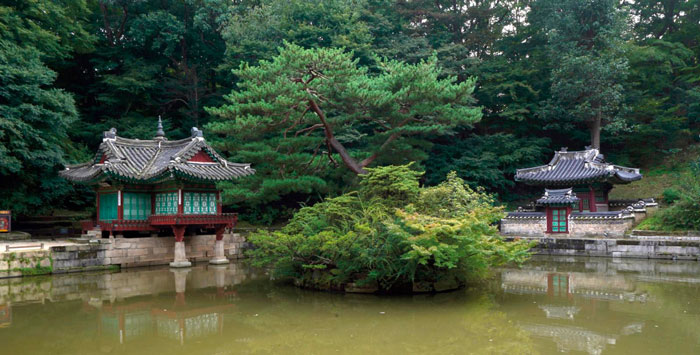
Namsan Park
After the palace, I headed to Namsan Park, which offered a perfect blend of nature and leisure. Located in the heart of Seoul, this park is one of the city’s largest green spaces. Hiking up the trails provided both exercise and spectacular views of the city. For those less inclined to hike, the Namsan Cable Car is an excellent alternative, offering panoramic vistas from a comfortable vantage point.
Inside the park, I explored various attractions, including the iconic N Seoul Tower. The walkways lined with cherry blossoms (in season) and the lush greenery made this visit rejuvenating. I took time to relax on the benches and soak in the scenic views, spending approximately three hours in the park.
Han River Cruise
I concluded my day with a delightful cruise along the Han River. This cruise was a refreshing way to unwind and appreciate Seoul from a different perspective. Boarding from Yeouido, the cruise journeyed along the river, passing under numerous bridges and offering stunning views of the skyline.
Available both during the day and at night, I chose an evening cruise for its picturesque sunset and illuminated skyline. The gentle sway of the boat combined with the cool breeze made this a perfect end to my day. Various snacks and beverages provided onboard added to the experience, leading to a relaxing and memorable evening.
Day 4: Cultural And Culinary Delights
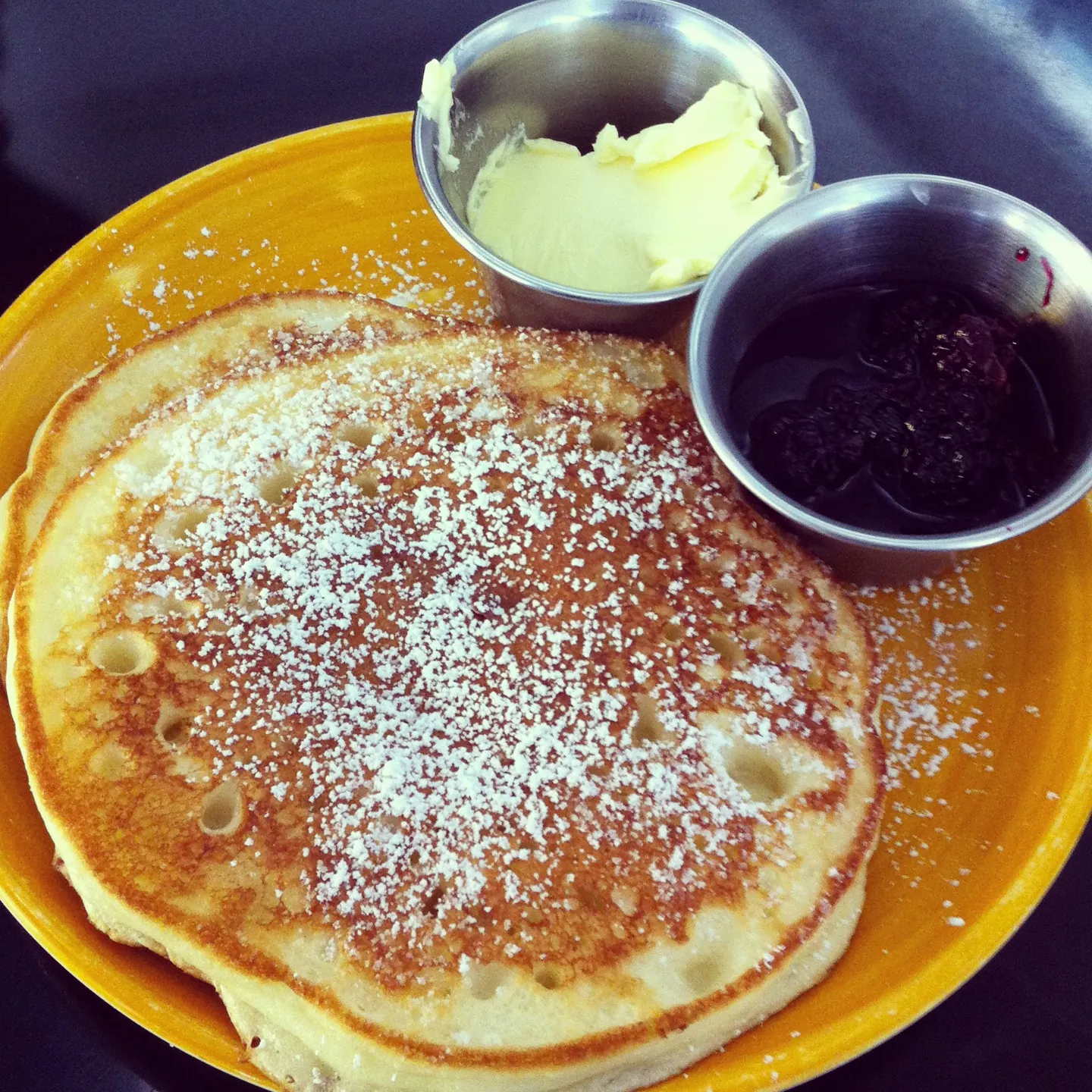
Seoul’s rich culture and delicious cuisine make for an unforgettable final day. Start by immersing yourself in traditional Korean life, then explore a bustling modern neighborhood, and end with a savory dinner.
Korean Folk Village
Morning is best spent at the Korean Folk Village, a top attraction showcasing Korea’s traditional culture. This living museum features replicas of Joseon-era homes and offers authentic cultural experiences such as folk performances and craft demonstrations.
I spent hours wandering through the village, fascinated by artisans at work, everything from pottery to hanji (Korean paper). Catching a traditional dance performance was a highlight, featuring vibrant costumes and rhythmic music. Interactive exhibits, like trying on hanbok (traditional attire), made my visit both educational and enjoyable. Conveniently located in Yongin, just outside Seoul, the village is easily accessible by public transport. The serene environment offered a stark contrast to the bustling city, providing a much-needed cultural immersion.
Itaewon
After lunch, head to Itaewon, famous for its eclectic vibe and international flair. The district is a melting pot of cultures, reflected in its diverse range of shops and eateries. From fashion boutiques to antique stores, Itaewon offers a unique shopping experience.
Exploring Itaewon’s streets revealed an array of global cuisines. I tried Turkish kebabs, Mexican tacos, and Western burgers, showcasing the area’s culinary diversity. For those interested in nightlife, Itaewon’s bars and clubs start bustling as the evening sets in, making it a hotspot for both locals and tourists. Easy to navigate and well-connected by Seoul’s subway network, Itaewon provides a dynamic contrast to the more traditional aspects of the city.
Traditional Korean Cuisine
Dinner in Seoul is a gastronomic adventure, and traditional Korean cuisine offers some of the best experiences. Choose from restaurants that serve samgyetang (ginseng chicken soup), bibimbap, or naengmyeon (cold noodles), each dish presenting unique flavors.
I opted for bibimbap at a locally acclaimed eatery, where the dish featured a perfect balance of rice, vegetables, and meats, topped with a spicy gochujang sauce. Another memorable meal was at a specialist naengmyeon restaurant, where cold noodles in a tangy broth provided a refreshing end to my day. Many establishments also include side dishes called banchan, usually an assortment of pickles and fermented vegetables, complementing the main course perfectly. This culinary journey not only satisfied my taste buds but also deepened my appreciation for Korean food culture.
Engage with the locals and possibly learn a few Korean phrases, as it adds a personal touch to the dining experience.
Tips For Getting Around Seoul
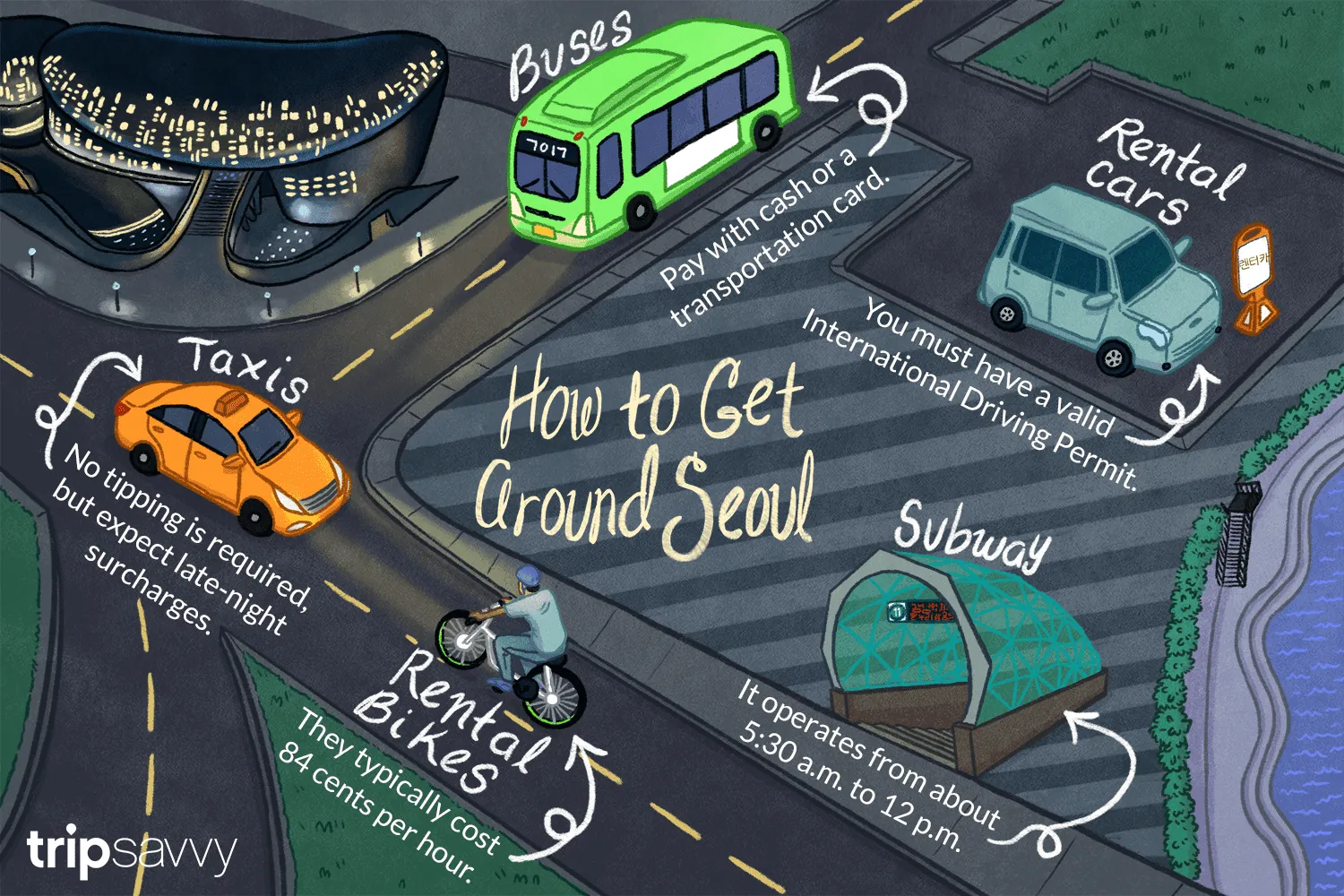
Public Transportation
Seoul’s public transportation system is efficient, covering buses, subways, and trains. I often use a T-Money card for convenience. It works on all modes of transit and reloads easily. Exploring the subway is straightforward, with English signs and announcements. Buses, marked clearly by routes, also offer English information, making travel simple for foreign visitors.
Limousine Bus
For airport transfers, the limousine bus is a great choice. These buses are both comfortable and punctual, offering a stress-free journey from Incheon or Gimpo airports to various city locations. Tickets are available at the airport or online, which I found very convenient. The travel time depends on traffic but averages around 60 to 90 minutes.
Walking and Cycling
Seoul is a walkable city with many attractions close to each other. During my visit, I walked between several sites, taking in the city’s vibrant street life. Renting bicycles is another excellent option. Numerous rental stations across the city offer bikes, and routes like the Han River Park are ideal for cycling.
Taxis
Taxis are plentiful in Seoul, though not all drivers speak English. To ease communication, I recommend using a translation app or carrying a hotel business card with the address in Korean. Fares are reasonable, and credit cards are widely accepted. Downloading apps like KakaoTaxi can also streamline the process and eliminate language barriers.
Conclusion
Seoul offers a rich blend of history culture and modernity that makes for an unforgettable trip. From exploring ancient palaces to enjoying panoramic views at N Seoul Tower there’s something for everyone. The efficiency of the public transportation system and the convenience of the T-Money card make getting around a breeze. Whether you’re walking through Namsan Park or savoring diverse culinary delights in Itaewon every moment in Seoul is an adventure. Follow this itinerary and you’ll experience the best that this vibrant city has to offer.
Frequently Asked Questions
What key cultural sites are covered in the four-day Seoul itinerary?
The itinerary includes iconic cultural sites like Gyeongbokgung Palace, where you can experience traditional Korean architecture and history.
Which modern attractions are included in the Seoul itinerary?
Modern attractions such as N Seoul Tower, known for its panoramic views, and the Itaewon district, famous for its diverse culinary options, are featured in the four-day tour.
Are nature spots included in the itinerary?
Yes, the itinerary includes Namsan Park, which offers beautiful walking trails and scenic views, especially from N Seoul Tower.
How does the article suggest navigating Seoul’s public transportation system?
The article recommends using the T-Money card for convenience when using buses and subways, highlighting Seoul’s efficient and user-friendly public transportation system.
What tips does the article provide for airport transfers?
It recommends using the comfortable limousine buses that connect Incheon International Airport to various parts of Seoul for hassle-free airport transfers.
Can I walk or rent a bicycle to get around Seoul?
Yes, the article mentions that many areas in Seoul are walkable and also provides the option of renting bicycles for more flexibility and enjoyment during your visit.
Are taxis readily available in Seoul, and how can I use them?
Taxis are readily available in Seoul. The article suggests having your destination written in Korean to show to the driver and mentions that most taxis accept major credit cards for payment.
What unique experiences can I expect on Day 4 of the itinerary?
Day 4 focuses on Seoul’s rich culture and cuisine, including a visit to the Korean Folk Village to experience traditional Korean life and sampling diverse foods in Itaewon.
How can I enhance my overall experience while exploring Seoul according to the article?
Using the T-Money card for transportation, leveraging the efficiency of either public transit or taxis, and exploring on foot or bike can significantly enhance your experience when traveling in Seoul.

